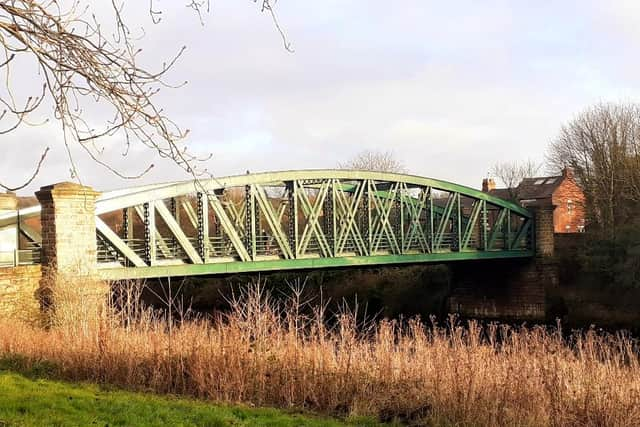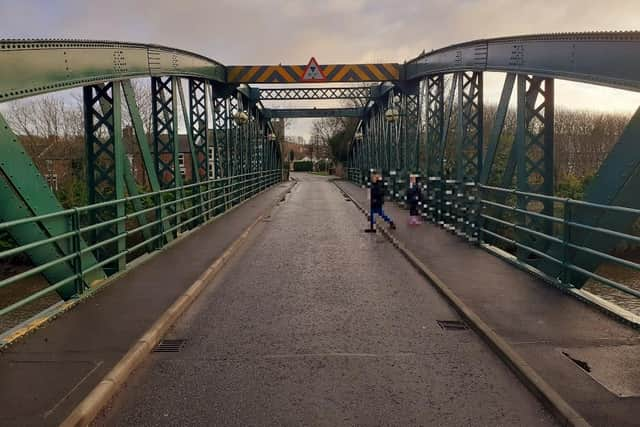Fatfield Bridge: The story of Sunderland's first road bridge over the River Wear, and the man who built it
and live on Freeview channel 276
Geography dictates that it would not have the span of the Wearmouth, Queen Alexandra or Northern Spire bridges, but it is at least equally pleasing on the eye and has more history.
The Hylton (A19) and Chartershaugh (A182) bridges provide vital traffic arteries, but no one is likely to view them in the same romantic light.
Advertisement
Hide AdAdvertisement
Hide AdBut as well as being worth looking at, Fatfield Bridge has also played an essential role by linking Washington with Penshaw for over 130 years. Here is its story.


A desperately needed bridge is built
Unlike the current Wearmouth Bridge, Fatfield Bridge (or Penshaw Bridge, or Biddick Bridge, if you fancy starting an argument) is original. It was designed in 1888 and opened in 1890 – and not before time.
The nearest bridge to the east was the old Wearmouth Bridge (demolished and replaced by today’s incarnation in 1929) a few miles away. The nearest bridge to the west was close to Chester-le-Street and not much help either.
The Victoria Viaduct was half a mile away, but was a railway bridge. The Cox Green footbridge was not built until 1958. In other words, a Fatfield-Penshaw river crossing could only be made by either fording or floating.
Advertisement
Hide AdAdvertisement
Hide Ad

The job of designing the bridge was given to David Balfour, a highly respected civil engineer who lived in Houghton. The location was to be close to Worm Hill on the Washington side, disputed home of the thoroughly unpleasant Lambton Worm.